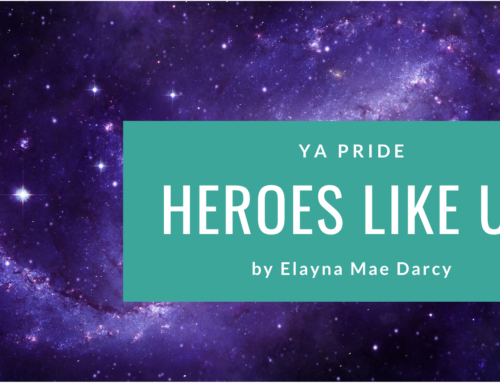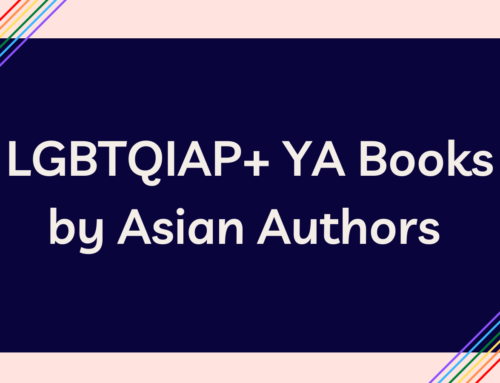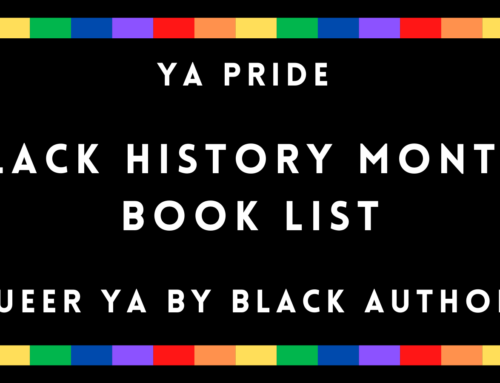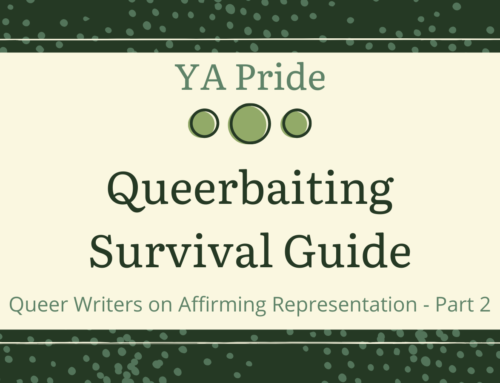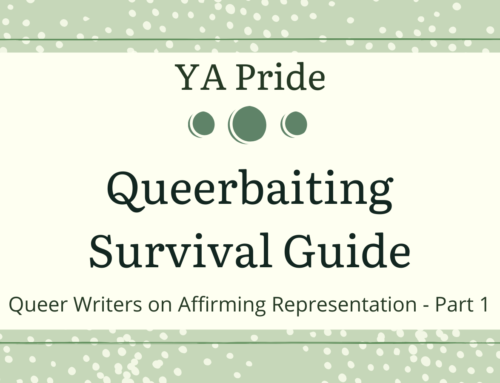by Kiersten White
Although as the And I Darken trilogy progresses the stakes get higher (that’s a little Vlad the Impaler humor for you), here are two things I can promise you:
1. There will be no vampires.
2. No lesbians will die.
Now, maybe that sucks out some of the tension (not literally, because again, no vampires). I don’t care. My lesbians are 100% guaranteed to make it out alive. The dead lesbian trope is one I’m fully committed to avoiding forever.
But that’s an obvious(ly terrible) way that LGBTQIA+ characters are constantly done a disservice in storytelling. And, setting out to tell a wide variety of love stories in one series, I wanted to make sure I told them as honestly and carefully as I could.
I nearly blew it from the start.
 One of my favorite characters in the first book (who has a much larger role in book two) is a lesbian. (I don’t want to spoil too much, so I won’t go into more detail.) (I like parenthetical statements. You’ve probably noticed.) When I was planning her backstory, I did something really stupid. I defaulted to lazy, stereotyped storytelling. I planned for her to reveal in conversation that she had been abused as a child—which could have led to the inference that this, then, was why she didn’t like men. I wasn’t stating that outright, but I was giving readers permission to fill in that blank.
One of my favorite characters in the first book (who has a much larger role in book two) is a lesbian. (I don’t want to spoil too much, so I won’t go into more detail.) (I like parenthetical statements. You’ve probably noticed.) When I was planning her backstory, I did something really stupid. I defaulted to lazy, stereotyped storytelling. I planned for her to reveal in conversation that she had been abused as a child—which could have led to the inference that this, then, was why she didn’t like men. I wasn’t stating that outright, but I was giving readers permission to fill in that blank.
Super nope, past Kiersten. While that kind of tragic abuse has always existed, there was no reason for it to be in her story. It didn’t add anything. It was just there for the sake of being there. And since she wasn’t a POV character, I couldn’t explore it in a way that would bring the nuance and depth necessary. It added nothing to the story but a lazy cliché.
Sometimes when we are writing in new territory, we default to “this is how stories like this go.” That’s wrong. It’s always wrong. We’re writing people, and there is no one way that people are. Fortunately, as I got to know the character, I realized I was messing up. This character isn’t a lesbian as a reaction to something else. This character is a lesbian because she is attracted to and loves women. And she’s in a giddy, fulfilling, sweet relationship. Because no one needs a reason—most especially a traumatic and terrible one—to love who they love.
Representation matters, but more than that, thoughtful and mindful representation matters. It took me a long time to work up the courage to explore queer identities in fiction. Giving my fictional characters permission to love because they loved, not because of anything else, helped me come to terms with my own sexuality. I hope my books offer that to someone else.
And lesbians, I promise, will always not just survive, but joyfully thrive. As they should.
—
